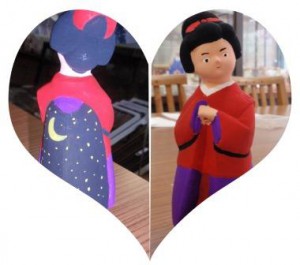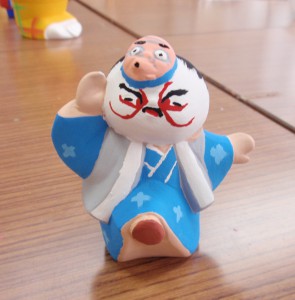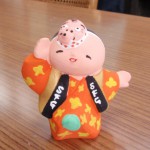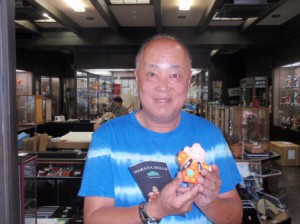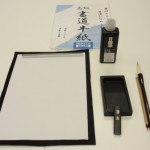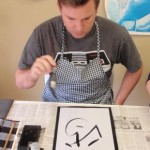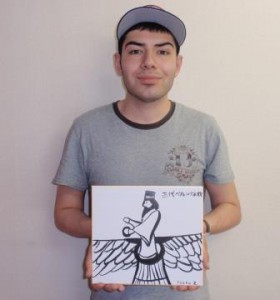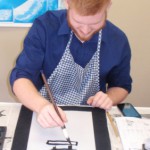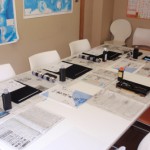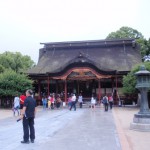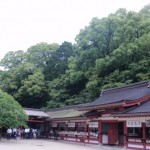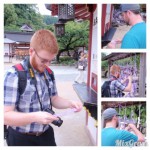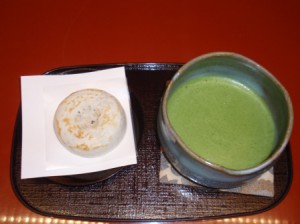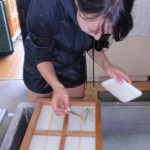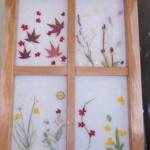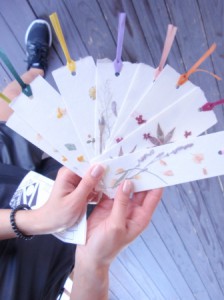Before I came to Japan, I think this was the activity I was looking forward to the most. I have always been fascinated by dolls in general from all over Asia.
The shop we went to was small, but carries countless dolls. Most are traditional, but there are some more modern, cute ones as well. Besides the traditional looking Hakata dolls, there were also Hello Kitty ones, and one or two Western looking ones. 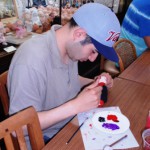
We each chose a doll to paint, and were given about 2 hours to paint them. I chose to paint a “Maiko”, or apprentice Geisha. I chose that doll because it really looked Japanese. However, I made the mistake of choosing a fairly big doll, and I’m also a perfectionist. I was rushing at the end to finish painting it. Turns out I forgot to paint the shoes to! Either way, it was fun painting these blank dolls.
You will feel like you’re in 17th century Japan painting a doll for yourself or someone else. This activity also gives you a chance to be creative, which is always a good thing.






